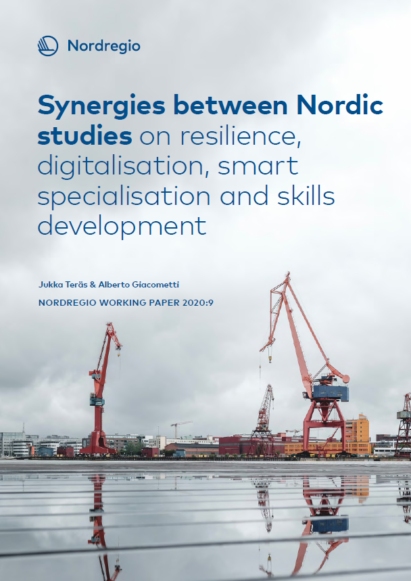Regional (economic and social) resilience determines how capable the regional economies are to cope with change (negative or positive shocks or stress) and continue to develop. Regional resilience is achieved through regional actions that turn global perspectives into strengths and opportunities. Generally speaking, regional resilience is a
desirable place to be in, and this should be supported by all different policies and regional actions.
Rather than being and end result, regional resilience should be seen as a continuous effort of addressing and adapting to global trends and other developments that may threaten the economy and social wellbeing. Global drivers such as demographic trends and industrial changes, sustainable development, and green transition, need to be met in Nordic regions through place-based actions. Smart specialisation strategies, skills development, and actions supporting the digital transition are examples of place-based actions that strengthen regional resilience. This dynamic state of being reflects the Nordic Vision 2030 of a green, competitive and socially sustainable Nordic region.
In addition to synergies between the major themes, the study also revealed topics of high common relevance for all themes of the TG2 work. These relate to the importance of bridging across governance levels and sectors and finding new models for leadership and engagement. This section explores the more general regional development measures needed to support the development towards innovative and resilient regions.







